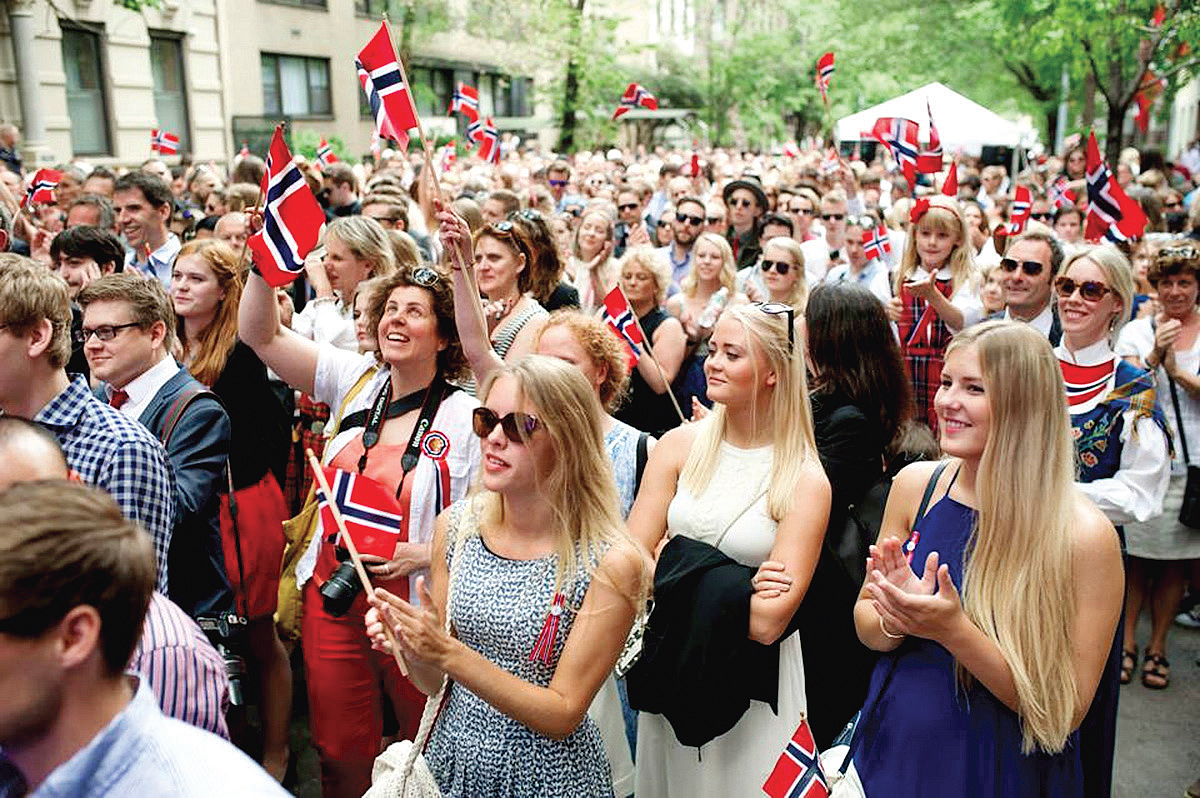Human Capital: India on par with Afghanistan, Sudan and Namibia
Human capital measures the education and health levels of the population, estimates of life expectancy, years of schooling and the quality of education

Our ‘Human Capital’ is poor
While India is on paper going through a phase of ‘demographic dividend’, when a large section of the population are young and of productive age (only 6% of the population in 2019 are above the age of 65), in terms of ‘Human Capital’ and productivity, India figures a little ahead of Afghanistan and stands on a par with Sudan and Namibia. Productivity depends on both the quantity and quality of human capital. Human capital measures the education and health levels of the population, estimates of life expectancy, years of schooling and the quality of education.
Globally, Finland has the highest period of peak human capital for its working population. It is estimated at 27 years. China’s peak productivity is 20 years. In Sri Lanka it is 13 years. India has an embarrassing 6.5 years of peak productivity, ranking a low 158 out of 195 nations.
Within South Asia, India’s score on educational quality (out of a maximum of 100) is 66, just ahead of the score of 64 of Afghanistan. In scores on functional health, India stands at 43 out of a possible 100, even behind the 45 attained by Afghanistan.
False fear of immigration
Details of the 2011 Census, revealed for the first time, indicate that the ‘ Immigration Rate’ (percentage of foreign-born residents) in India is less than one per cent compared to 10 to 15 per cent in the US and western Europe. In fact the number of ‘ foreigners’ living in India declined from 6.2 million in 2001 to 5.3 million in 2011.
As per the ‘last place of residence’ recorded in the Census, as many as 13,553 people mentioned Singapore, 93,000 mentioned UAE, almost eight lakh mentioned Nepal and 23 lakh mentioned Bangladesh. The number of Bangladeshis had actually declined from 37 lakh in 2001 in the All India Census.
Indian tourists abroad
Industrialist Harsh Goenka tweeted a photograph of a notice meant for ‘guests from India’ from the lobby of a Swiss Hotel. The notice requested Indians to behave and not speak loudly in the lobby or in the restaurant. It also requested that they pay for their lunch and not pick up fruits, dessert and other items from the breakfast table. Goenka was reacting to a viral video which showed the staff of a hotel in Bali retrieving hotel items like towels and hair dryers from the luggage of an Indian family. The loud Indians began by abusing and heckling the staff, then apologised and finally pleaded to be allowed to pay for the stuff. One of the hotel staff had the last word. “We know you have a lot of money. But show some respect.” One more reminder of the way we behave while travelling abroad.
Patent for Insulin

Canadian scientist Dr Frederick Banting, who first isolated and identified the Insulin in 1921, sold his patent for just one dollar. He wanted Insulin, secreted by the Pancreas in the human body, to help people. Reminding us of his generosity, the US Democratic Presidential contender and socialist Bernie Sanders tweeted this week, “The inventors of Insulin sold the patent for just one dollar so it would be available to all. But 97 years later, Americans are dying because drug makers like Eli Lily charge 300 Dollars for a vial of Insulin.” As a mark of protest Sanders joined diabetics to buy insulin in Canada, where it is available for one-tenth of the US price.
Guwahati toilets free for women
The Guwahati municipality is learnt to have notified that toilets in restaurants and hotels, even five-star hotel lobbies, will be open for use by women and children irrespective of whether they are guests or not. Any case of refusal, if reported, would invite penalties, the municipality warned. This welcome measure needs to be replicated by other cities where clean, safe and usable public toilets are scarce. Women and children, especially those visiting the cities and unfamiliar with facilities, often feel acute discomfort at not being able to access such toilets easily at public places.
Disappearing public services
With elected governments in India passing the buck and outsourcing delivery of public services to private entities, public services are not only becoming more expensive and erratic but the number of public employees in India is also declining sharply.

While Norway has 159 public employees for every thousand people, the corresponding figure for India is 16. The figures for Sweden, Brazil and China respectively are 138, 111 and 57.
Not surprisingly, therefore, according to statistics now available, there were 7.5 lakh positions vacant in the central government in 2014. Staff strength in central PSUs declined by 2.2 lakhs between 2012 and 2018. While central government staff make up 14% of the total number of government employees, the trend, experts believe, are similar in the states.
Follow us on: Facebook, Twitter, Google News, Instagram
Join our official telegram channel (@nationalherald) and stay updated with the latest headlines
